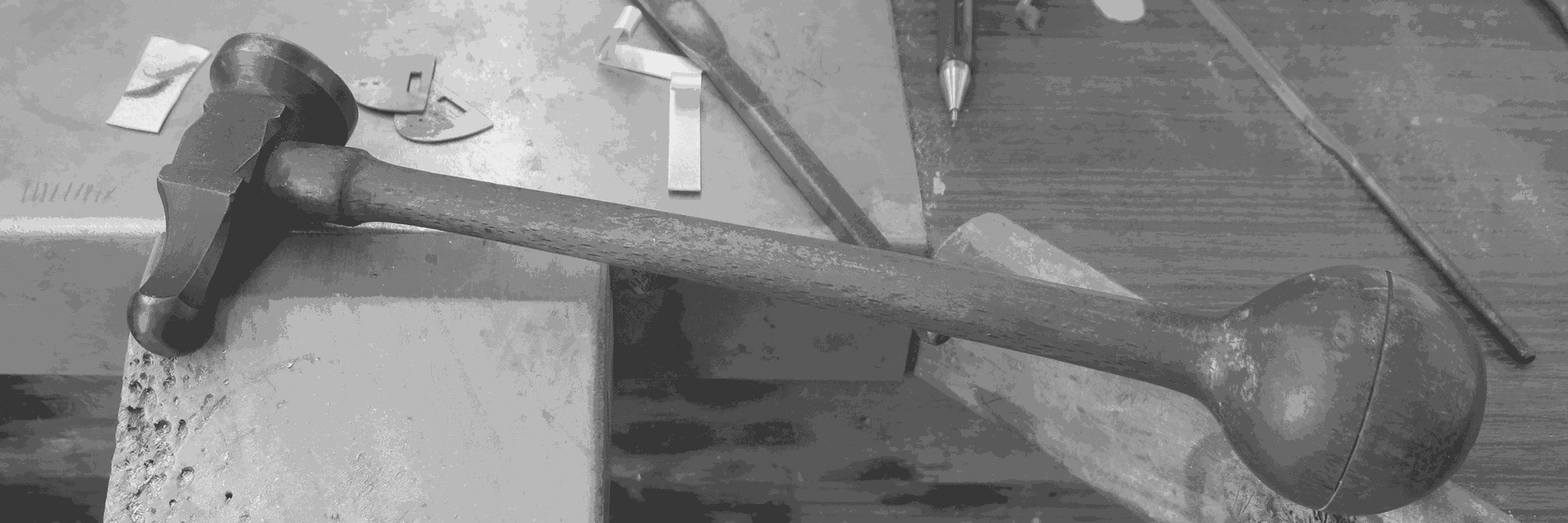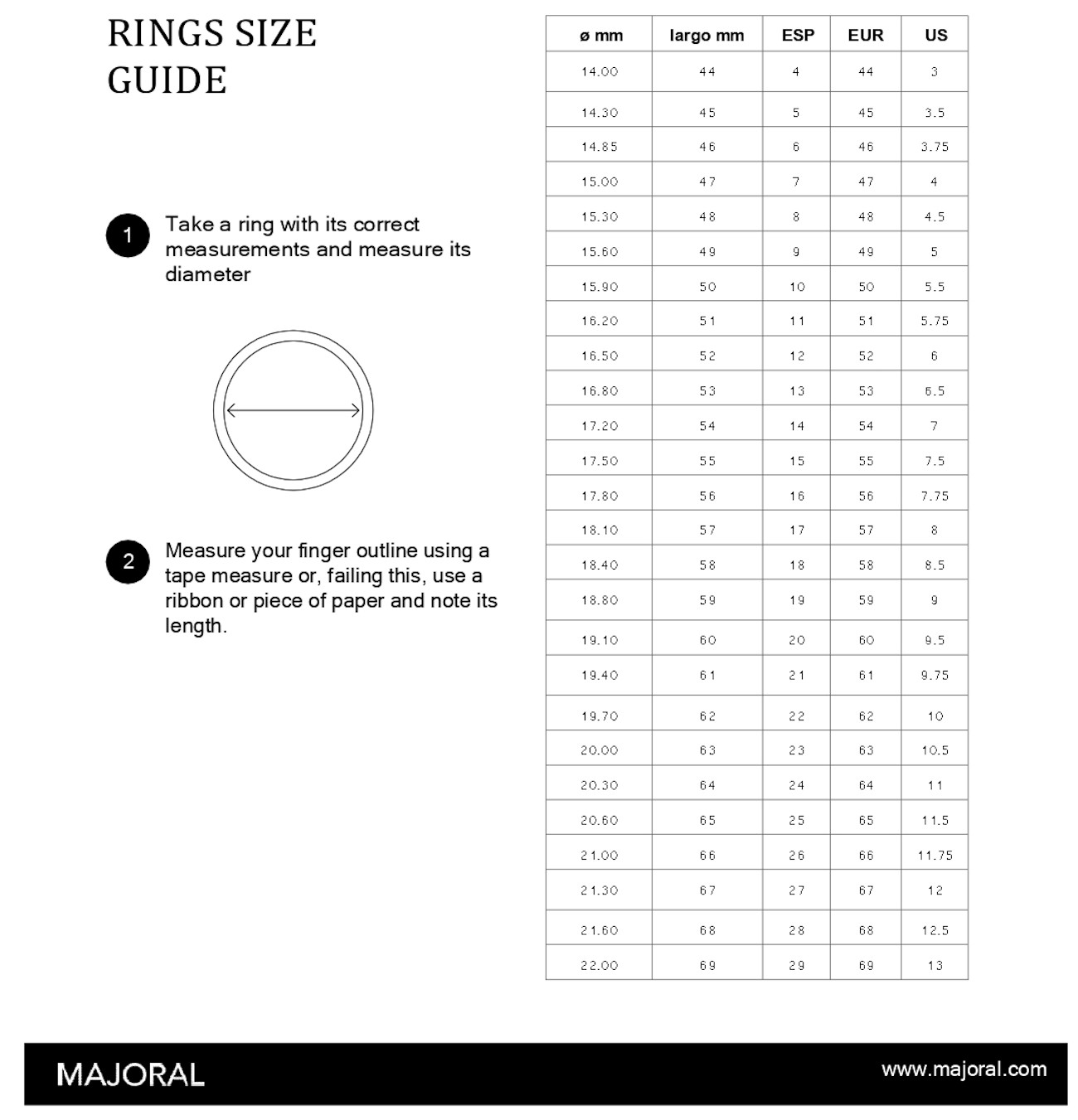The humanistic currents of the 20th century gave a new role to artisanship in the manufacture of Mediterranean jewellery
The history of jewellery has always been closely linked to the artistic currents and artisanship of humanity. In the case of Europe, and more specifically Mediterranean culture, jewellery experienced a process of opening in the early-20th century, coinciding with artistic and philosophical movements that enabled the development of art and artisanship. Even though art and artisanship were already opening up new paths in the 18th and 19th centuries at the hand of the intellectual and philosophical movement of the Enlightenment, the 20th century is identified with the greater increase in craft jewellery. And even more so in the case of Mediterranean culture, where firstly romanticism, and then modernism, led to multiple forms of artistic expression, also in the field of jewellery.
Craft jewellery working in Mediterranean culture began to have European influences as from the late 19th century. These influences were led by the English architect William Morris. Considered the father of the Arts & Crafts movement, Morris claimed the reconnection of the pure beauty of art with the utilitarian beauty of artisanship. Morris’s process to rethink artisanship directly influenced the field of jewellery, which began to establish connecting links with art, architecture and nature. During the first decades of the 20th century, the humanism promoted by Morris led to what was called the “artist craftsman” which had a direct effect on the way that artisans conceived jewellery.
The endless purpose of craftsmanship in jewellery
The main change that took place due to the opening up of craft jewellery in the 20th century was in the purpose of the items of jewellery themselves. Even though for centuries the main purpose of jewellery was adornment, the artistic influence on artisanship would provide jewellery with the objectives of art, thus taking on the “endless purpose” of humanist art. This change in the purpose of jewellery also represented a revolution in the way of designing and manufacturing the items of jewellery. Artisans aimed to communicate through their jewellery, designing more sophisticated pieces, where the forms gained importance and the materials used took on a secondary role.
This revolution in the field of artisanship and jewellery led to a new concept contemporary jewellery. Aesthetics will still be one of the purposes of jewellery, but not the only one. It also aims to symbolically communicate and reclaim its craft production. Despite the essence of contemporary jewellery having its origins in the artistic currents of the Renaissance, historically, the origin of contemporary jewellery is linked to European modernism, with a major German and Austrian influence. However, the modernist tradition present in Catalonia and Mediterranean culture also had a direct influence on the production of craft jewellery.
The multicultural influence, key in Mediterranean jewellery and artisanship
Mediterranean art and artisanship bring together multiple artistic styles associated with the shores of the Mediterranean Sea. A grouping of artistic styles that, in the 20th century, led to the production of craft jewellery with characteristic traits. According to the philosopher and essayist José Ortega y Gasset, the art and Mediterranean artisanship of the 20th century was characterised for being “impressionist and sensual”. In this way, the craft jewellers from the Mediterranean have always appreciated evocative forms, the appearance and the natural setting. The cultural and artistic richness and plurality of the Mediterranean has always been a source of inspiration for Majoral..
The Majoral collections cannot be understood without the major link with Mediterranean artisanship. The Mediterranean essence is thus present in many of the Majoral collection, using it as a source of inspiration. The forms, colours and textures of the Mediterranean Sea provide an infinite number of possibilities for the artist and the artisan jeweller, to create unique pieces, capable of transmitting and making the aesthetic stand out. The endless purpose of Majoral’s jewellery lies in seeking out those impossible forms, influenced by the Mediterranean, to produce new aesthetics capable of contributing to the personality of whoever wears it.
 Cookie preferences
Cookie preferences



